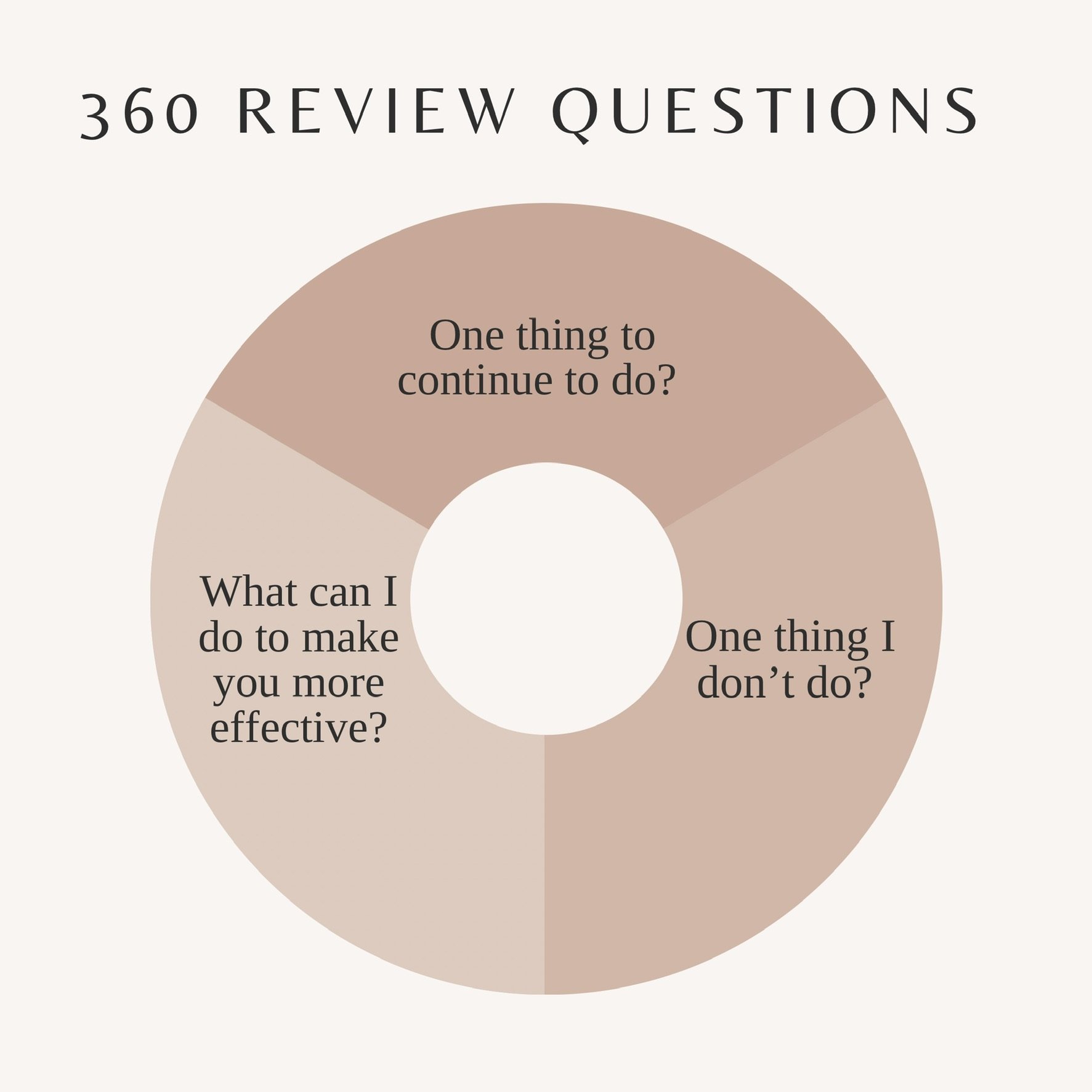
How to Structure Your Coaching Session: A Guideline for Managers

How to use DISC in your Hiring Process
Learn how to use the DISC tool in your hiring process to find the right candidate for the job. Discover what the DISC personality assessment is, the breakdown of the four styles, and how to interpret the results for each candidate.

How to Get Rid of Monkeys on Your Desk and Manage Teamwork Efficiently

Decision Fatigue: The Impact on Leadership and Performance, and Steve Jobs' Approach

360 Reviews: The Three Questions to Ask Your Employees, According to Google's Former Head of People and Analytics
Are you looking for an effective way to gain feedback from your employees and improve your leadership skills? Look no further than the 360 review, a feedback tool recommended by Lazlo Bock, the former head of people and analytics at Google. This type of review involves gathering feedback from multiple sources, including peers, direct reports, and managers, and can provide valuable insight into your strengths and areas for improvement.
In this blog post, we'll explore the three questions recommended by Lazlo Bock for a successful 360 review. By asking your employees what you should continue doing, what you should do more often, and how you can make them more effective, you'll gain valuable insight into your leadership style and identify concrete steps you can take to improve. With the right approach, the 360 review can be a powerful tool for leadership development and team building.

How Vulnerability Can Build Trust and Improve Team Culture
Building a strong team culture is essential for any organization's success. Trust is a critical component of that culture, and establishing it can be challenging. According to the book "Culture Code," vulnerability is a powerful tool to create a vulnerability loop that builds trust within teams. When leaders share their weaknesses, it encourages team members to reciprocate and share their weaknesses. This vulnerability loop leads to an increase in transparency, self-awareness, and safety, which ultimately helps to build trust and a strong team culture. In this article, we'll explore the vulnerability loop and how leaders can use it to build a great culture in their organization.

Why Smaller Teams are More Effective: The Power of Communication
Building effective and productive teams is critical to the success of any business or organization. However, having too many people on a team can actually hinder communication and productivity, leading to delays and complications. This is why it's important to keep teams small and ensure that communication flows freely and quickly. By doing so, team members can work together more effectively and efficiently, avoiding the pitfalls of large teams and ensuring that projects are completed on time and to a high standard.

Brooks' Law and the Importance of Project Management
Brooks' Law is a principle that reminds us that adding more people to a project that is already behind schedule might not be the best solution. In fact, it can make the project take even longer to complete due to various factors such as training and resource allocation. To avoid the pitfalls of Brooks' Law, project management is crucial. This means setting realistic deadlines, breaking down the project into manageable tasks, and ensuring that everyone on the team is working efficiently and effectively. In this post, we'll delve deeper into the implications of Brooks' Law and its importance in project management. Additionally, we'll provide an external resource that expands on the concept and its applications in software engineering.

How the Navy Seals After-Action-Review (AAR) Can Improve Your Team's Performance
In teams with a high level of safety, After-Action Reviews (AARs) are essential to improving and creating a great culture with vulnerability. By answering questions about intended and actual results, identifying causes for success or failure, and planning for the future, your team can learn from its mistakes, build a culture of open communication, and ultimately achieve better results. Implementing an AAR is simple and can be done after each project milestone. In this post, we'll show you how to implement an AAR and discuss its benefits.

